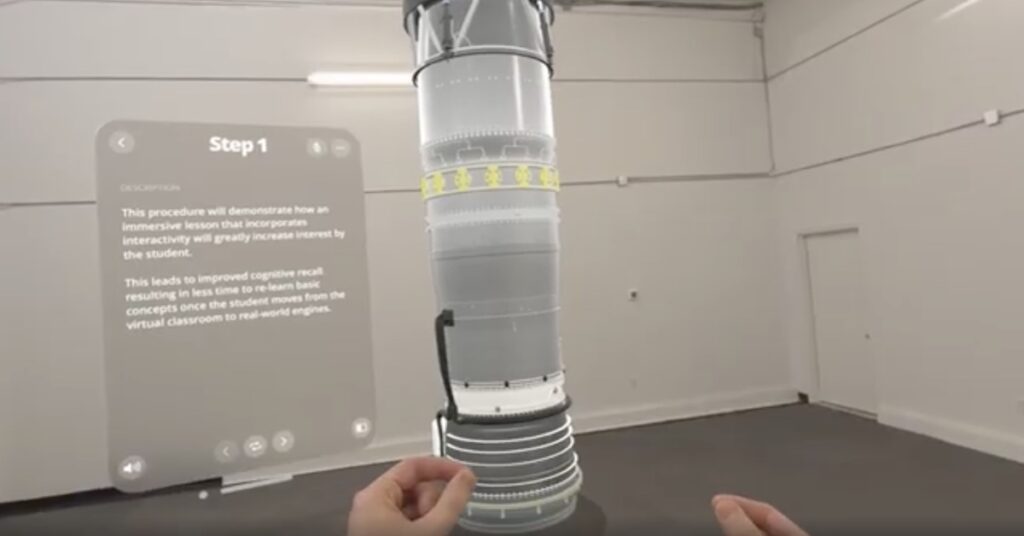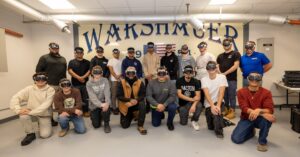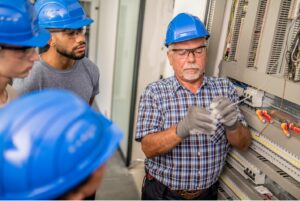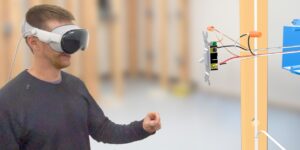The ability to mix virtual objects and physical environments isn’t exclusive to science fiction movies anymore. It’s becoming common practice in many work industries, particularly when complex machinery, safety concerns, and high risks are involved. The emergence of mixed reality technology has offered a new way of thinking for training, design, and productivity in work environments.
Mixed reality is a type of extended reality (XR) that combines virtual elements with real-world objects and environments. It’s revolutionizing work instructions, allowing employees to see and practice steps before they take them. Let’s explore some of mixed reality’s best uses and reveal how this technology can enhance operations across work industries.
What is Mixed Reality?
To see the big picture of mixed reality, you must first understand two related concepts: virtual reality (VR) and augmented reality (AR). During a VR experience, you enter a computer-generated simulation that separates you from the real world. On the other hand, AR technology experiences combine digital objects with the real environment around you.
When you put VR and AR together, the result is mixed reality. In a mixed reality environment, you can interact with both digital and real objects. This offers a distinct advantage over VR and AR because it allows digital and real world objects to interact with one another and blends a virtual world with your actual physical surroundings.
While different iterations of VR and AR have existed for years, mixed reality is a more recent development. It gained mainstream appeal in 2016 with the release of the Microsoft HoloLens headset. Since then, it has become increasingly popular as a form of entertainment and a way of enhancing education and workplace productivity.
How Mixed Reality Works for Digital Work Instructions
Digital work instructions that leverage mixed reality include features such as 3D overlay animation, hands-free guidance and control, and blended experiences. Adding or augmenting digital objects to physical environments can free your employees from their computers or paper manuals. Instead, they can see step-by-step instructions in real-time while performing their tasks, giving them a more in-depth view of the process at hand.
Additional advantages of a work instruction software with mixed reality include:
- Improved understanding: Studies show that immersive experiences improve knowledge retention and comprehension, allowing employees to apply and remember concepts more effectively.
- Realistic immersion: A mixed reality experience is more immersive and interactive than augmented reality but doesn’t disconnect you from reality like a pure simulation in virtual reality.
- Convenience: Workers can access work instructions when and where they need them, whether on a factory floor, in an office, or at a remote site.
Keep in mind that to successfully use digital work instruction software with mixed reality, you’ll need the appropriate devices, such as headsets. Depending on your employees’ level of comfort and experience with technology, you may also need to train them in how to use these mixed reality instructions effectively.
What Can Mixed Reality Be Used For?
Because it blends real world and virtual world elements, almost every industry has mixed reality applications. It’s especially prevalent in technical fields where quality, accuracy, and safety are top priorities, including:
- Energy and infrastructure
- Manufacturing
- Field Service and construction
- Oil and gas
- Human resources and upskilling
- Aerospace and aviation
Organizations in these industries are exploring how to use mixed reality for different purposes. For many companies, it offers an excellent opportunity to enhance design processes and increase efficiency. Others incorporate mixed reality into their remote collaboration, allowing colleagues to work together on a project even from opposite sides of the world.
One of the most exciting and widespread uses is education and training. By combining mixed reality and digital work instruction software, businesses can offer more thorough, easy-to-follow instructions for even the most complicated processes and tasks.
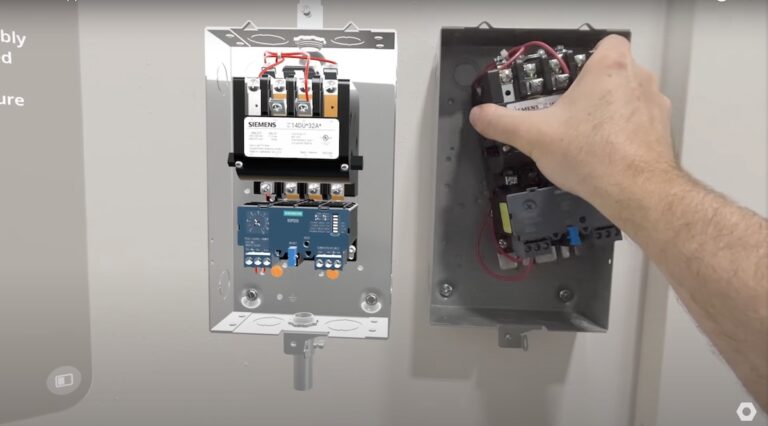
Mixed Reality Use Cases and Examples Across Work Industries
To see the wide-ranging potential of mixed reality and digital work instruction software, it’s helpful to look at some potential use cases for this kind of technology.
Energy and Infrastructure
In the energy and infrastructure industries, 3D interactive instructions that include mixed reality allow employees to safely carry out essential tasks, such as:
- Visualizing and interacting with complex infrastructure assets, such as power plants, pipelines, and substations
- Overlaying digital information onto physical assets, which enables easier monitoring, maintenance, and repair
- Identifying potential drilling locations and optimizing production strategies
Perhaps the most important aspect of mixed reality in energy and infrastructure is the opportunity to improve safety. With this technology, inspectors can identify potential safety hazards more easily and accurately, reducing the risk of accidents that could prove life-threatening.
Manufacturing
Mixed reality has also established a prominent role in the manufacturing industry. One mixed reality example in this space is providing detailed instructions to assembly line workers.
On an assembly line, a small mistake can cause lengthy delays and substantial financial losses. With immersive technology, workers can have step-by-step instructions overlaid on the physical components they’re working on at any given time. This helps reduce errors and improve efficiency, which ultimately helps the manufacturing business save time and money.
Field Service and Construction
Field service technicians and construction workers generally spend a lot of time outdoors or traveling from site to site. As a result, traditional work instructions are often inconvenient at best or inaccessible at worst.
With digital work instruction software and mixed reality, these workers can take their instructions with them wherever they go. They can overlay digital information, such as building plans or safety instructions, on a structure or job site. This improves accuracy and efficiency in tasks such as laying out foundations or installing components. Because they can better understand spatial relationships and identify potential issues before construction begins, it also lowers the risk of costly or potentially dangerous mistakes that could put the project or people’s safety in jeopardy.
For workers in these roles, mixed reality is also useful for equipment maintenance and repair. Technicians can overlay digital instructions onto machinery regardless of where it breaks down. The instructions will guide them through maintenance procedures step-by-step, allowing them to get the equipment up and running as quickly as possible and minimize downtime.
Limitations of Mixed Reality
Mixed reality has practically endless potential for work instructions, but it’s still a work in progress. As a developing technology, there are still some issues that need to be worked through. For example, developers have made significant strides in real-time tracking in recent years, but they continue to work toward perfecting that particular capability.
The price of immersive technology is also a major obstacle for many organizations. Until it becomes less expensive, some industries with smaller budgets might struggle to purchase the necessary equipment, such as headsets and sensors, to implement work instruction with mixed reality on a large scale.
Embracing the Future of Mixed Reality Technology
The landscape of immersive experiences is only just beginning to take shape. As you look for ways to incorporate mixed reality into your workplace, whether through digital work instructions, design software, or collaborative tools, it’s important to be aware of both the benefits and downsides.
BILT is proud to be a part of this exciting new era of workplace innovation. BILT focuses on 3D interactive instructions to guide work on mobile devices and 3D work instructions geared toward training on Apple Vision Pro. The digital work instructions can be downloaded for use without Wi-Fi and available in 12 languages worldwide.
Request a demo to see how an interactive, immersive work instruction software benefits you and your employees.
